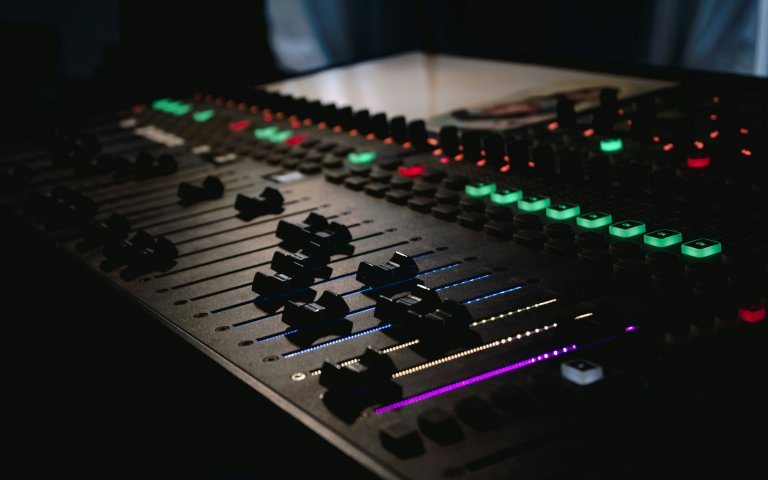Choosing a Keyboard for Beginners
Learning how to play the keyboard can be an exciting and rewarding experience. With so many different types of keyboards available, it can be hard to know which one is the best for beginners. In this article, we will discuss the key elements to consider when choosing a keyboard for beginners.
Types of Keyboards
The first thing to consider when choosing a keyboard is the type. There are two main types of keyboards: digital keyboards and acoustic pianos. Digital keyboards are electronic instruments with built-in speakers and sound effects, whereas acoustic pianos produce sound through physical keys and strings.
If you are a beginner, it is recommended to start with a digital keyboard. They are more affordable, compact, and have a variety of features that can help you learn and improve your skills. Acoustic pianos, on the other hand, are more suited for advanced players or those who are more serious about pursuing piano playing.
Number of Keys
The next factor to consider is the number of keys on the keyboard. Beginners typically start with a keyboard that has 61 keys, which is enough to play most beginner level songs. However, if you plan on playing more advanced pieces, it is recommended to go for a keyboard with 88 keys, which is the standard number of keys on a full-sized piano.
Key Weight and Action
The weight and action of the keys are important to consider, especially if you are aiming to transition to an acoustic piano in the future. Acoustic pianos have weighted keys, meaning they have a heavier feel when pressed, whereas digital keyboards can have both weighted and non-weighted keys.
If you are a beginner, it is recommended to start with a keyboard that has semi-weighted or touch-sensitive keys. This will give you a better feel for playing on a traditional piano and will help with your finger strength and control.
Touch Sensitivity and Polyphony
Touch sensitivity refers to the ability of a keyboard to respond to the force with which the keys are pressed. This feature is important for expressing different dynamics in music. It is recommended to choose a keyboard that has touch sensitivity, especially if you plan to progress to more advanced playing.
Polyphony, on the other hand, refers to the keyboard’s ability to produce multiple notes simultaneously. For beginners, a keyboard with a polyphony of 32 or 64 notes is sufficient. However, if you plan on playing more complex pieces with multiple layers of notes, it is better to opt for a keyboard with a higher polyphony.
Sound Quality and Features
One of the advantages of digital keyboards is the ability to produce a variety of sounds and effects. Some keyboards come with built-in sounds such as strings, organs, and drums, which can be useful for learning different musical styles. However, it is important to consider the quality of the sound as well. It is recommended to test out different keyboards to find the one with the best sound quality.
Other features to consider when choosing a keyboard for beginners include a metronome, recording function, and lesson modes. These features can be useful for practicing and improving your skills.
Budget
Finally, it is important to determine your budget when choosing a keyboard. Digital keyboards can range from a couple hundred to a few thousand dollars. As a beginner, it is not necessary to splurge on a high-end keyboard. There are plenty of affordable options that can still provide you with a good learning experience.
It is also worth considering if the keyboard comes with any accessories, such as a stand, sustain pedal, or headphones. These additional items can add to the cost, so it is important to factor them in when setting your budget.
Conclusion
When choosing a keyboard for beginners, it is important to consider the type of keyboard, number of keys, key weight and action, touch sensitivity and polyphony, sound quality and features, and budget. It is also recommended to try out different keyboards before making a purchase to find the one that best suits your needs and preferences. With the right keyboard, you can start your musical journey on the right note.




